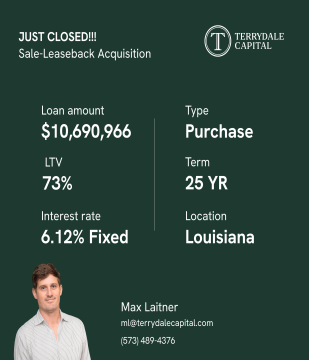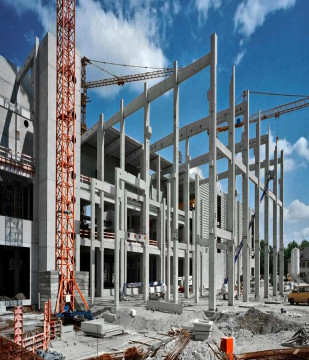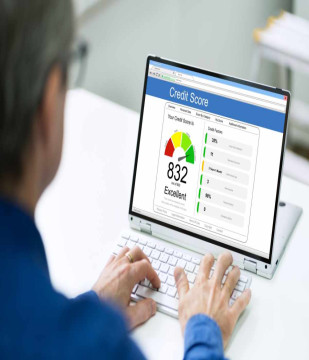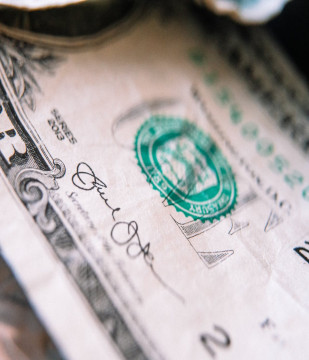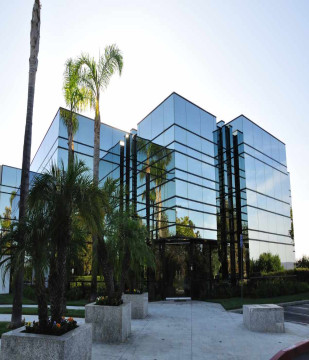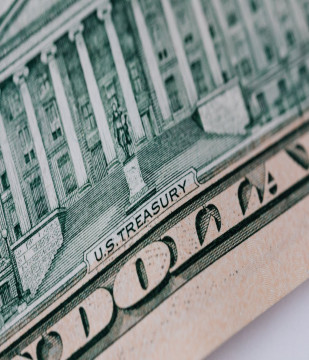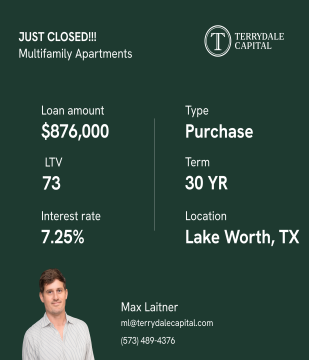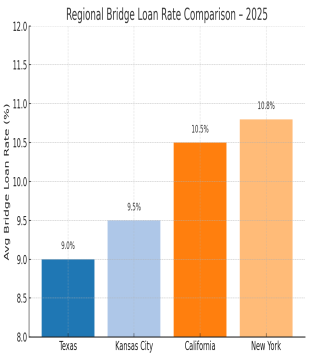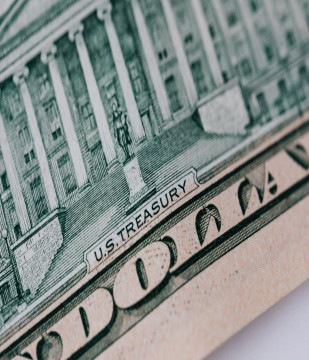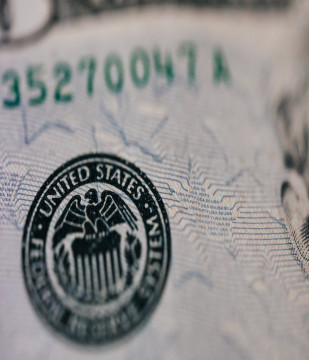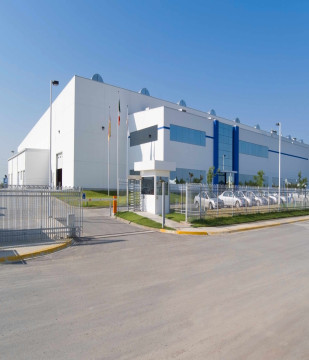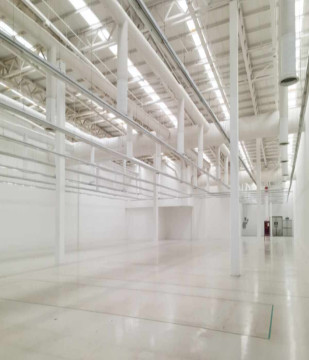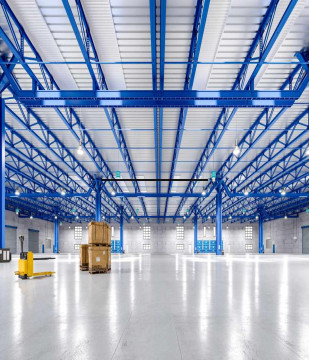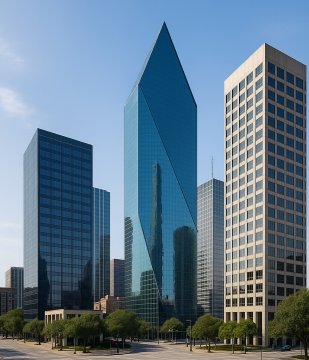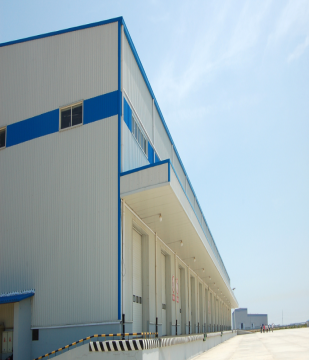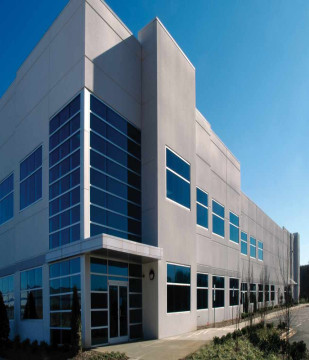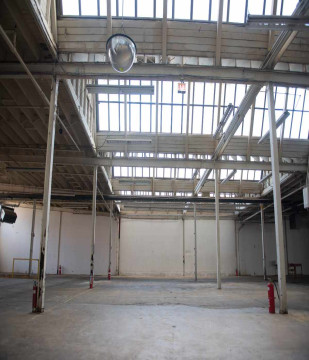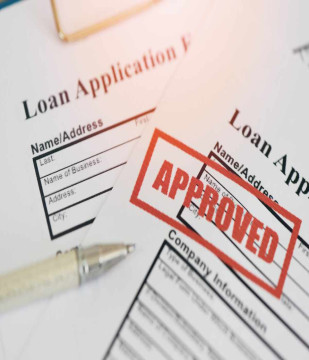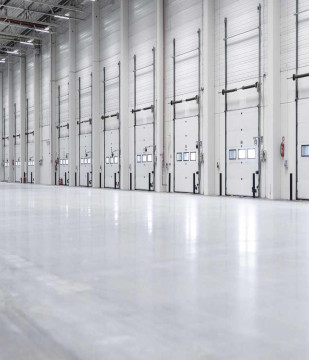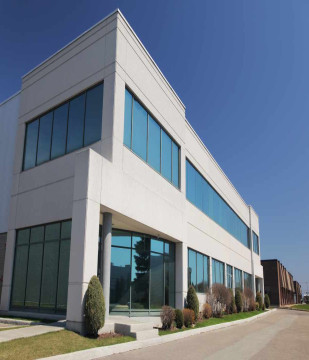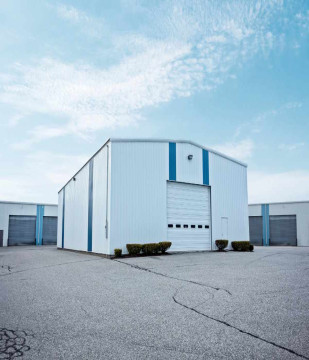Cash-on-Cash Return for Commercial Real Estate Loans in Dallas, TX

Terrydale Capital
Oct 22, 2025 7 Min read
 Learn
Learn
Cash-on-Cash Return for Commercial Real Estate Loans in Dallas, TX: Why It Matters
If you’re investing in commercial real estate in Dallas or growing areas like Frisco, Plano, Irving, or Arlington, there’s one number you should always know:
Cash-on-cash return.
It’s one of the simplest ways to measure how well your investment is performing—especially if you’re using a commercial real estate loan. And if you’re financing deals through trusted firms like Terrydale Capital, this metric becomes even more valuable.
What Is Cash-on-Cash Return in Real Estate?
Cash-on-cash return (CoC return) is the percentage of pre-tax cash income you earn annually compared to the cash you actually invested.
👉 The formula:
Cash-on-Cash Return =
Annual Pre-Tax Cash Flow ÷ Total Cash Invested
It’s how you measure your return on the dollars you put into the deal—not the entire purchase price.
Why Cash-on-Cash Return Is Crucial for Loans in Dallas CRE
Most deals in the Dallas-Fort Worth area use financing. Whether it’s a stabilized retail center in Plano, a multifamily development in Frisco, or an industrial property in Irving, leverage is standard.
So how do you know if the loan you’re taking helps—or hurts—your returns?
That’s where cash-on-cash return comes in.
✅ It Reflects Your Actual Return
Unlike cap rate (which uses purchase price), CoC return looks at your money in the deal. If you’re using Terrydale Capital to secure a structured loan, CoC return helps you see how much income your equity is generating after debt service.
Real Example: Frisco Retail Strip
Purchase Price: $2,000,000
Loan (75%): $1,500,000
Equity (your cash): $500,000
Annual Net Cash Flow (after loan payments): $50,000
Cash-on-Cash Return = $50,000 ÷ $500,000 = 10%
This means your investment is returning 10% annually—not bad for a Frisco retail asset.
How Commercial Loans Impact Your Cash-on-Cash Return
📈 Loans Can Boost It
If your debt cost is lower than the property’s yield, your return on cash gets a lift.
Example:
Cap Rate: 7%
Loan Rate: 5%
You’re making more from the property than you’re paying in interest—so your CoC return increases with leverage.
📉 But Loans Can Hurt It Too
If your loan costs more than the property earns, cash flow drops—and so does your return.
Example:
Cap Rate: 6%
Loan Rate: 7%
You’re upside down, and CoC return suffers.
This is where financing structure matters. Firms like Terrydale Capital specialize in matching the right loan product to the deal—whether it’s bridge debt, permanent financing, or agency loans from Fannie Mae or Freddie Mac.
CoC Return vs Cap Rate: Know the Difference
| Metric | Measures | Considers Loans? | Useful For |
|---|---|---|---|
| Cap Rate | NOI ÷ Purchase Price | ❌ No | Property comparison |
| CoC Return | Cash Flow ÷ Cash Invested | ✅ Yes | Actual investor ROI |
In a leveraged deal (which is most of them), cash-on-cash is more accurate for evaluating your return.
What’s a Good Cash-on-Cash Return in Dallas?
It depends on the property type, market, and your risk tolerance.
5–7% – Prime assets in Plano or Uptown Dallas
8–10% – Value-add properties in Irving, Garland, or Mesquite
10–12%+ – Higher risk or opportunistic deals in areas like South Dallas
Terrydale Capital’s Live deal portal showcases examples with real-time financing terms that affect CoC returns—making it a great resource for comparing potential deals.
When to Use Cash-on-Cash Return
- Analyzing how a commercial loan affects deal profitability
- Comparing loan options (bank vs. Fannie Mae vs. bridge)
- Evaluating passive income for buy-and-hold deals
- Deciding between selling or refinancing
What CoC Return Doesn’t Show
It’s a snapshot of yearly cash flow. It doesn’t include:
Property appreciation
Tax advantages (like depreciation)
Loan principal paydown
Profit from the future sale
But if your strategy is cash flow focused, CoC return is your go-to.
Why Cash-on-Cash Return Should Guide Your Loan Strategy
If you’re investing in Dallas real estate—or anywhere from Arlington to Frisco—don’t skip this metric. When using financing, cash-on-cash return shows you:
If your loan is helping or hurting the deal
What kind of real income your investment is generating
Whether your structure matches your strategy
Need help structuring a deal for optimal returns? Terrydale Capital offers debt placement, underwriting, and advisory services that help you maximize cash-on-cash returns—on every deal.
Partner With Terrydale Capital for Your Debt Financing Needs
When it comes to debt financing, understanding the right timing, process, and options is crucial. At Terrydale Capital, we provide a comprehensive range of commercial loan solutions tailored to meet your business's unique needs.
